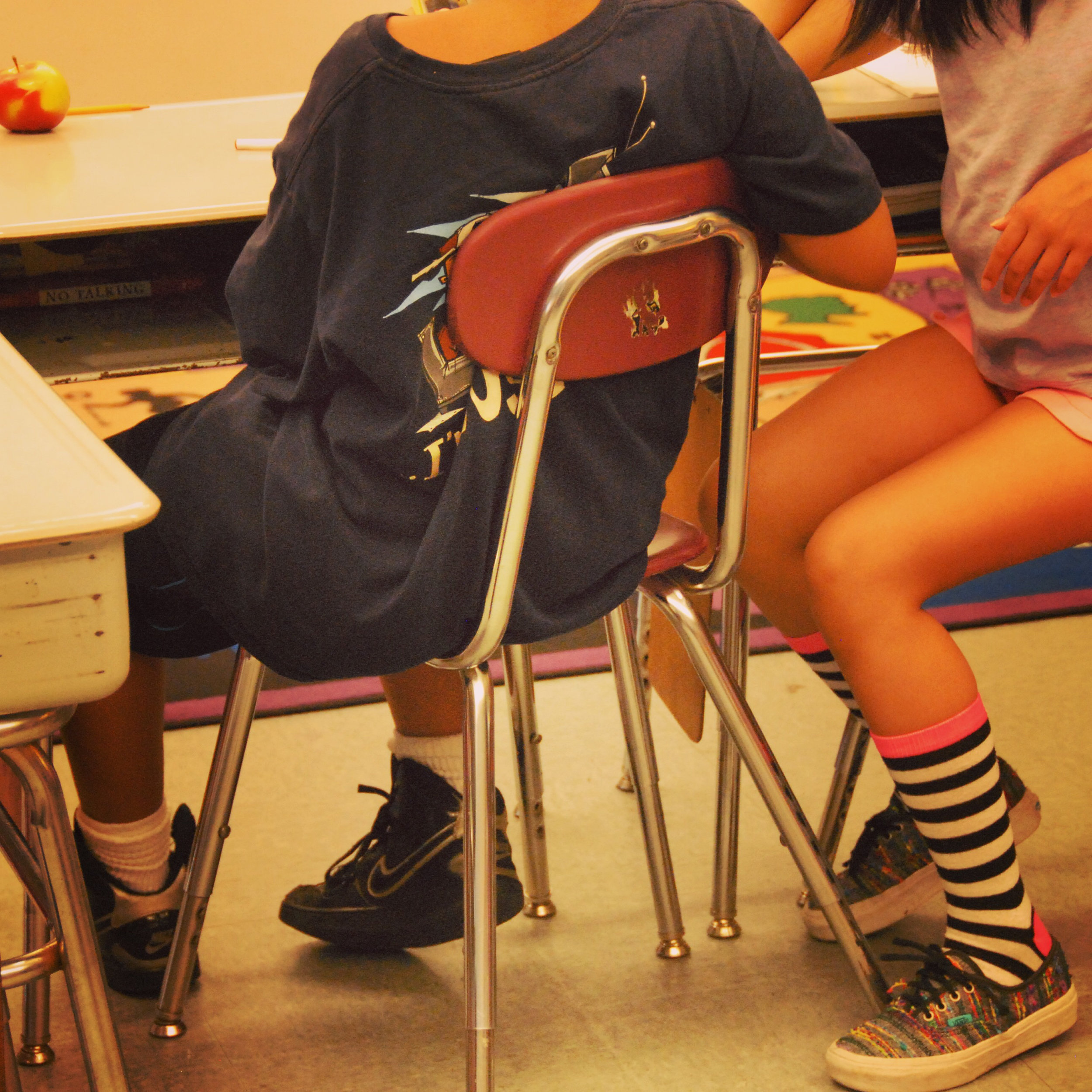Editing & Revising with Peers
 As a writer and, as a teacher, I value collaboration with peers. I know that my writing is made more clear, more interesting, and more precise when I rely on a trusted "critical friend" to offer constructive feedback. And so, when the Commonwealth's writing standards included peer revising as well as adult conferring, the inclusion of critical friends in the Writing Process made sense. Beginning in Grade 2, Writing Standard 5 includes this important progression of peer revision and peer editing. [Refer to the Writing Standards ("Code W") by grade level beginning on page 26 of the 2011 Frameworks.]From my experience, elementary students must be taught explicitly how to do this. They need good models of what peer conferring looks like. As a proponent of the Daily Five, I found the 10 Steps to Independence model to be an ideal teaching method for introducing peer editing and revising to my students.Students at the elementary level need some structure for learning how to be a helpful peer editor or revisor; and to this end, I was fortunate to get an offer for some coaching from our former Literacy Coach, Patricia Sweeney. Pat provided a structure for the students: 2 compliments and a suggestion. Here were the guidelines:
As a writer and, as a teacher, I value collaboration with peers. I know that my writing is made more clear, more interesting, and more precise when I rely on a trusted "critical friend" to offer constructive feedback. And so, when the Commonwealth's writing standards included peer revising as well as adult conferring, the inclusion of critical friends in the Writing Process made sense. Beginning in Grade 2, Writing Standard 5 includes this important progression of peer revision and peer editing. [Refer to the Writing Standards ("Code W") by grade level beginning on page 26 of the 2011 Frameworks.]From my experience, elementary students must be taught explicitly how to do this. They need good models of what peer conferring looks like. As a proponent of the Daily Five, I found the 10 Steps to Independence model to be an ideal teaching method for introducing peer editing and revising to my students.Students at the elementary level need some structure for learning how to be a helpful peer editor or revisor; and to this end, I was fortunate to get an offer for some coaching from our former Literacy Coach, Patricia Sweeney. Pat provided a structure for the students: 2 compliments and a suggestion. Here were the guidelines:
- The author reads the piece from beginning to end without interruption
- The revisor/editor offers 2 compliments. Personal references ("I like...") were excluded; more constructive/objective language included ("When you wrote..., your writing was... (very clear, powerful, descriptive, etc.").
- No "buts" - one of my 3rd and 4th graders favorites, because what 9-year old can resist telling another to get their "but" out of writing. (When you wrote ...., your description was very clear, BUT...)
- The revisor/editor can offer 1 suggestion (so not to overwhelm the author all at once), jotting on a stick-on note. (You might want to .... or Your writing might be more powerful if ...). The author can agree or disagree with the suggestion, but listens and takes it "under advisement".
This structure provided the students with two things: a language framework for offering constructive feedback and an opportunity to apply grade-level writing skills as the "student" become the "teacher".These peer-led conferences always took place prior to conferring with an adult and prior to producing a final version of the writing. Peers did not assess another student's writing, but offered constructive criticism for the purpose of helping the author improve upon the writing.Exactly what my adult peer editor and revisor does for me.